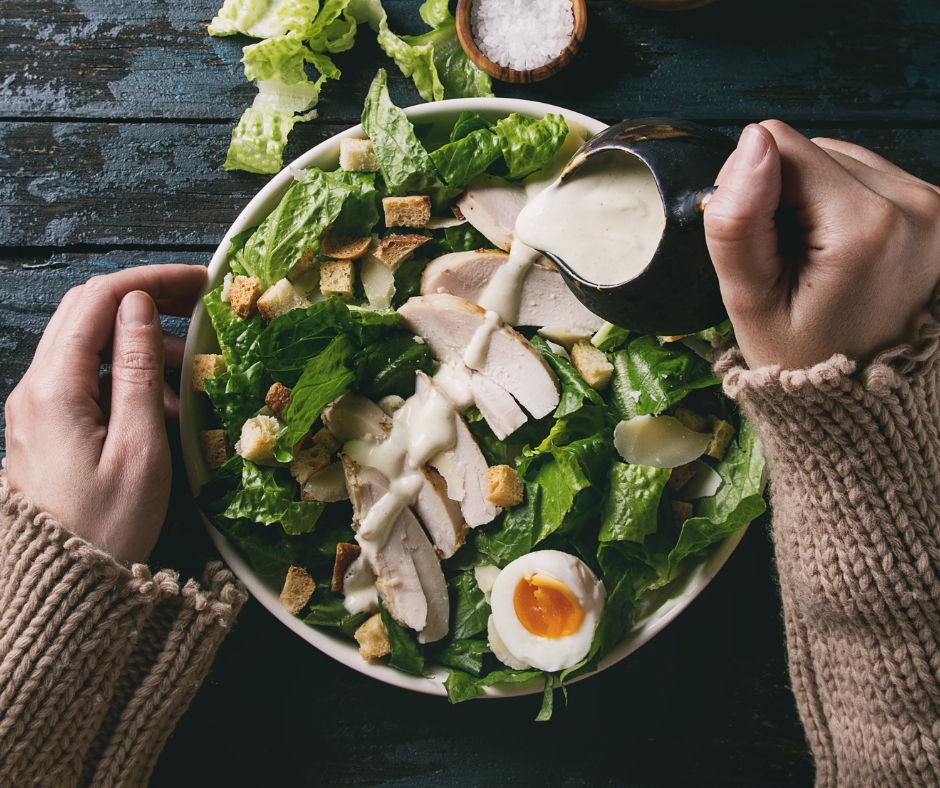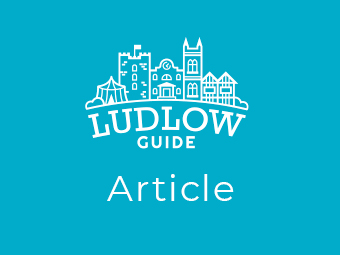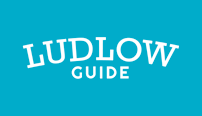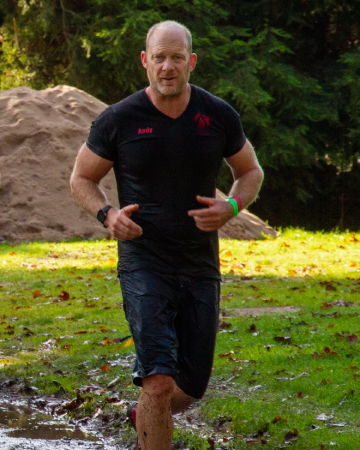Down The Hatch
This month's topic from Andy, at Andali Fitness invokes more opinions and more soap box preachers than just about any other in the fitness world: ‘nutrition’ and it’s misrepresented relative ‘diet’, so let’s begin by defining both...
Nutrition: the process of providing or obtaining the food necessary for health and growth
Diet: the kinds of food that a person, animal or community habitually eats
Diet (verb): restrict oneself to small amounts or special kinds of food in order to lose weight
These topics will be covered in two articles, one this month and the second next month so that we can do them justice. This month mainly focuses on nutrition, whereas, next month we will look at diet and dieting.
The subject of nutrition can be broken down into two distinct parts: macronutrients (fats, proteins and carbohydrates) and micronutrients (vitamins and minerals). So, whet do we mean by macronutrients? Simply put, they are the main food groups within our diet, that we need in relatively large quantities:

1. FATS (lipids and oils)
Unfortunately, fat gets a bad rap but it is essential in our diet. We use fats in a number of ways that include fuelling activity (along with carbohydrates), insulating electrical nerve impulses (myelin sheath), storing vitamins A, D, E and K, and forming organs/structures within the body such as the brain (60% fat) and cell membranes.
Fatty acids are the building blocks of fats and essential fatty acids support eye and brain health, control inflammation, help with blood clotting, contribute to a moist, supple complexion and fight premature aging. They're called "essential" because you need to get them from your diet and can't produce them on your own. Fatty (oily) fish, lean meats, dairy, avocado, nuts, seeds, coconut oil and olive oil are quality sources of fats.
2. PROTEIN
Protein is primarily used for growth and repair of all skeletal and internal organ muscle, hair, nails and skin. Protein is key in the formation of enzymes (needed for digestion, energy production, blood clotting and muscle contraction), steroids and hormones (human growth hormone, insulin) and transport/storage of other nutrients.
Amino acids are the building blocks of proteins. Out of the 20 amino acids 9 are essential amino acids, again meaning that we have to obtain them from our diet. Good protein sources are meats, fish, dairy and nuts. Legumes and vegetable sources like soya also provide protein.
3. CARBOHYDRATES
Carbohydrates (carbs) can be broken down into two groups: simple and complex carbs. Simple carbs are either monosaccharide (one sugar molecule) or disaccharide (two sugar molecules). Complex carbs are at least three strands of sugar (polysaccharides) and have dietary fibre and a host of other nutrients.
Interestingly there are no essential carbohydrates, meaning that this is the only macronutrient that we don’t actually need to obtain from our diet, as our body can break down fats and protein into glucose through a process called gluconeogenesis. This is however an inefficient process so eating some vegetables and fruit is advisable.
Fruit and vegetables are good sources of complex carbs, grains and pulses less so and processed foods are bad sources.
So if we need macronutrients in relatively large amounts, it stands to reason that we need micronutrients in relatively small amounts.
1. VITAMINS
Vitamins are organic molecules that are essential to an organism in small quantities for proper metabolic function
2. MINERALS
A mineral is a naturally occurring inorganic solid with a defined crystal structure and chemical composition.
Essentially think of vitamins and minerals as enablers ie they allow the macronutrients to be used properly. There are 13 vitamins, A, D, E and K are fat soluble (so can be stored in the body) whereas the others are water soluble and cannot. Some of the more commonly known minerals are calcium, potassium, sodium, iron etc.
By eating a colourful mix of fruit and vegetables you should be getting your vitamin and mineral needs. Interestingly meats, especially organ meats are also good sources of vitamins and minerals.
So that is nutrition in a nutshell (pun intended). Next month we will look at diet and the overly complicated world of dieting.
Published by Ludlow Guide on
Associated Listings
More Articles

Ludlow May Fair
Ludlow May Fair. Rides, stalls and fun for all the family. There has been a fair in Ludlow for…

All the Seasons Nominated for a Rural Oscar
All the Seasons, a small boutique based in Ludlow, has been nominated for a Countryside Alliance Rural…

Popular Springtime Festival Promises 'Barrels of Fun'
Ludlow Spring Festival is set to take place on May 9-11 within the walls of Ludlow Castle, one of the…


